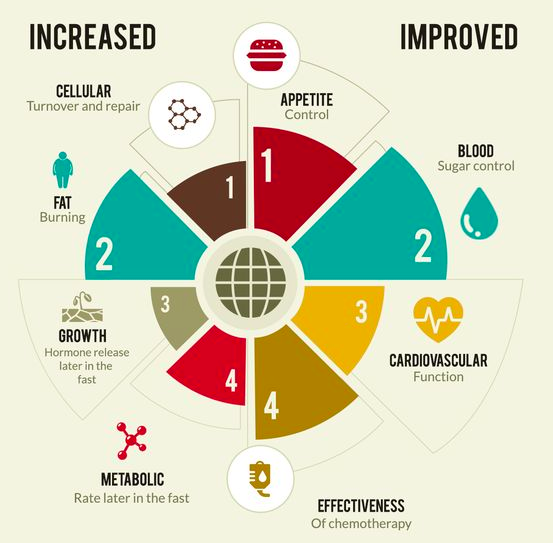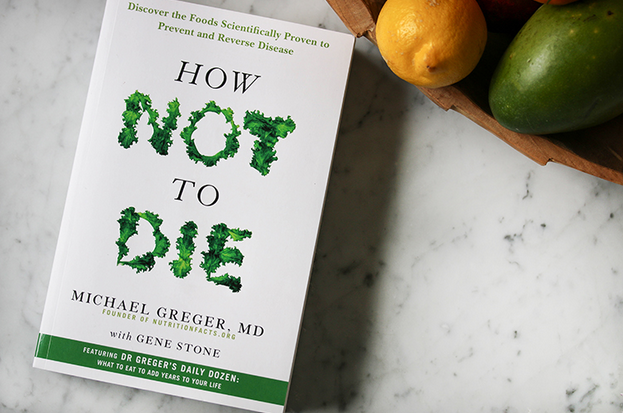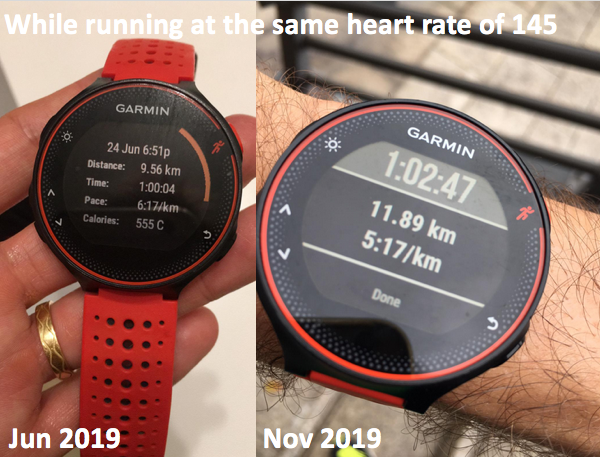As I set myself a target to live at least a 100 years, I am always looking for new ways to improve my diet or lifestyle.
This last year I’ve been experimenting with three new methodologies: intermittent fasting, vegetarian diet, and low-heart rate running (known as Maffetone method). Here’s some insights for each
1/ Intermittent Fasting: it’s easy, it’s sane, and it changes the way you look at food
Many theories abound about why we should fast, from spiritual reasons to losing weight, up to the feeling of purifying your body. On my end, I was interested in the “cellular spring cleaning” which is supposed to happen once you reach 16-18h and above with no food.
It’s called autophagy, and the idea is that once your organism is on an empty tank, cells of all sorts (brain cells, muscle cells, etc) will eradicate the weakest among themselves to keep whatever energy is left for the ones the most able to survive your fast. Positive effects include renewing your cells, strengthening the good ones, getting rid of the inefficient ones, and overall should help with longevity.

I’ll tell you when I’m 100 if it works, in the meantime, a few learnings I got on 18 months of doing a once-a-week fast of about 20h (have dinner on Tuesday, then no breakfast and lunch on Wednesday, dinner again as usual on Wed evening):
- First, it’s a good way to train your brain to do something hard but useful. The hardest part is not so much hunger but the boredom that comes out of having nothing to do during breakfast and lunch time. For me it’s always been a happy time when I read my newspaper, chat with my wife, and simply enjoy filling up good food to be productive. But after a while, the boredom disappear, and interestingly, you don’t see food the same way. Yes, your body is able to not eat for a while. Maybe the rest of the time you shouldn’t have to eat that much. All the other meals of the week change. I find them more delicious because I find back the intent to it, not just a knee-jerk reaction. I also value more what I put in my plate in terms of quantity, I know what quantity can help me hold 20-24h without additional intake.
- Second, I must say intermittent fasting is trendy and many people seems to do it in a very extreme way. I heard many contacts sharing with me they do it “every day”, e.g they skip breakfast and meal (some light snacks in between), then have a big dinner. Some do it 48h in a row. I think common sense tells us that anything beyond 1 day per week is unhealthy.
- Last but not least, productivity is really impacted by fasting. I usually fast on Wednesdays, and it’s a horrible day at work. I work slower, I can’t work on complex tasks usually. The best is if I have a client or speaking engagement, say a 4h class to give, or a one-day learning expedition to facilitate. Then, time goes faster. I talk, I talk, interact, and in a blink, half-day or full-day has past. If I sit at my desk, then it’s really slow and painful. Every hour is long. Lunch break is a nightmare.
2/ Vegetarian Diet or How not to Die
I randomly bought this amazing book How Not to Die on vegetarian lifestyle at the Bali airport a year ago, and this book has been a game-changer for the way I see food and healthcare.

What I loved in the book:
- Amazing synthesis of large-cohort studies on the link between food and various conditions. Large-cohort = hundred to thousands and above, not just quick panel of 5 patients.
- Very strong opinions on the impact of processed food on our health, which I can only agree with. It’s very hard to eat chicken again after this book.
- Lots of new food discoveries, especially beans, lentils, legumes, which I really didn’t eat at all and are now more common in my diet.
On top of that, the book teaches you a LOT on how the body works, from a doctor’s perspective. Why we have fever, what make our stool solid or not, it’s a crash course in healthcare.
I listed down all the good food suggested by the author on a side note and am now buying most of them once in a while at the supermarket, from kale to black beans, flaxseed to tempeh.
I also bought the Recipe book but I would not recommend it, most recipes are complex, and almost all require you to jump to at least one other recipe for the dressing. I found it very confusing, and don’t think I did a single recipe from the book (I do cook a lot by myself for 15 years, so it’s really a UX issue).
Another book I found of great help is this one, The Vegetarian Student Cookbook: Great grub for the hungry and the broke, designed for low-budget, health-conscious people. I did a lot of the recipes there, most of them super-easy and delicious to do, while not requiring to buy thousands of small, single-use ingredients. I did about half of the recipes so far, most would take max 30min and easy to find ingredients.
3/ Low-heart rate running: go slow to run faster
I’ve been running for most of my life, since I’m 5 or 6 to now in my mid-thirties, with just a few stupid teenage years drop to play video games instead. And when I run, I run for an objective, not for fun.
Last year I was preparing for another marathon (trying to break the 3h mark!), and ended up hurting myself. I was following a plan which I found online, and which at the time fitted perfectly my spirit: suffer a lot, run, run faster, stronger, and see your timing improve. It did improve, but the extra effort I put in training (I’d spend easily 60% of training time at high speed, interval training of say 12 x 800m with 30’ rest, or 4 x 3000m with 2’ rest) also created an injury in my thigh. I solved it by NOT running for about 4 months, and found out about the Maffetone method.
Many very good runners told me that I should anyway spend 80% training time in slow-mode, but for me, it didn’t make sense. I’ve always liked to run FAST, and after a big day at work, running fast is a great way to relax. Running slow sounded boring.

Here comes the Maffetone thingie: for at least 3 month, you don’t run at more than a low-heart rate. There’s a formula of 180 minus your age, so for me I had to run at 145bpm. As I live in Singapore, reaching 145bpm is easier, the heat and humidity make the body exert faster. For my first test-run in June 2019, I ended up doing my usual 10k run at about 6’30 per kilometer as I respected the 145bpm from start to finish. First kilometer was around 5’30, last one around 7’15 (really slow!). Today in November, on the same track, I am clocking the 10km in 5’20 per kilometer, with the same “spend” of 145bpm! And between June and November, I only ran at 145bpm for all my session, 2-3 times a week, usually 2 x 10km to run back from work and 1 x 15-20km for a longer run on weekends. Pretty incredible to see a same input of effort generate a bigger return over time.
The advantages of this method:
- Recovery time as stated by my smart watch is always 23-24h. Low-heart rate means speedy recovery. When I used to train on the crazy plan, I regularly had to do 55h and even up to 72h of rest as I over-exterted my heart!
- No risk of injury: it’s a very smooth ride. No extra effort on the knees, the thighs, and a pretty fluid pace and stride.
- Almost never any muscle pain the next day. Sometimes, even if you do a good stretch, you have pain. I never had any more next day ache of any sort with this training.
- Very helpful to set a similar pace over any run. I did a 10k competitive run last month and I had the feeling to manage much better the whole 10k, with almost exactly the same timing per kilo all over the race, instead of having the usual imbalance between the start and the finish.
I’ll update you with more results but it’s already pretty cool!